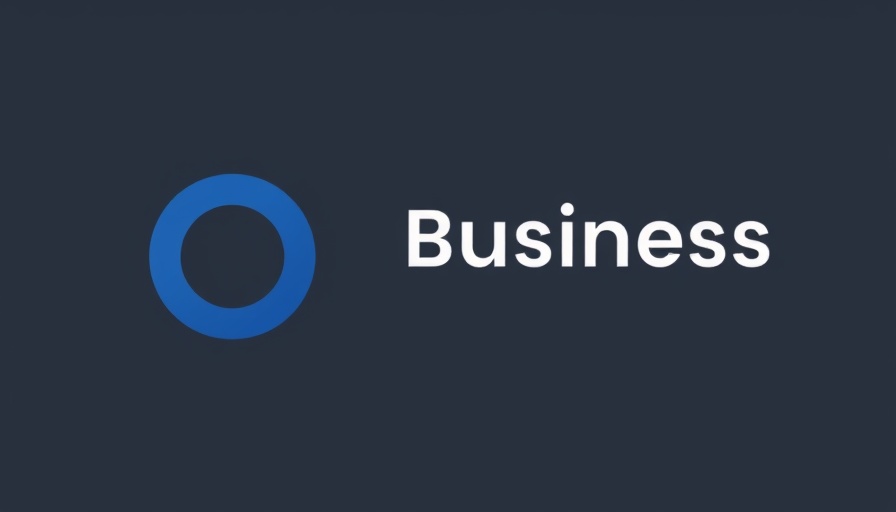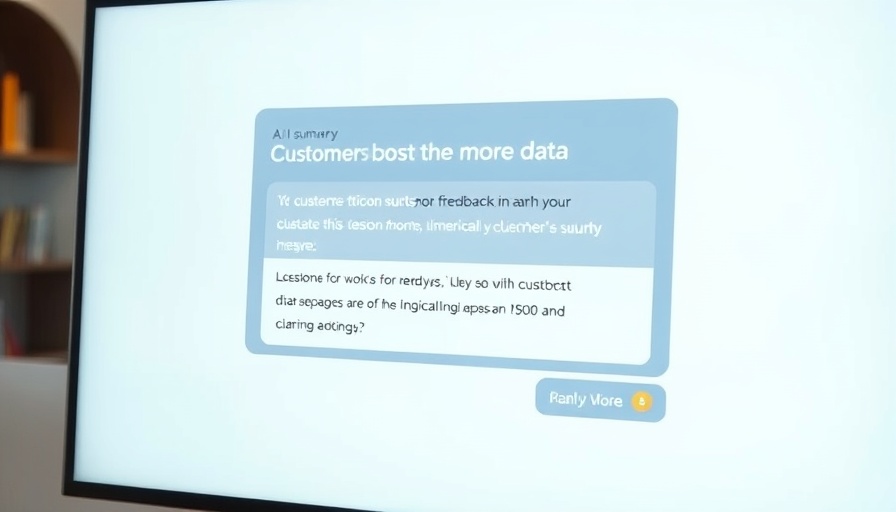
Understanding the No Tipping Trend: A Cultural Shift
The emergence of the no tipping trend is more than just a change in how we conduct transactions at restaurants; it reflects a significant cultural shift in how society views service and compensation. As more service-oriented businesses move towards offering higher base wages and eliminating tips, we see an evolving understanding of what value means to both workers and consumers.
The Benefits of a No Tipping Model
The benefits of moving from a tipping culture to a no-tipping model are compelling. By providing workers with a stable income, businesses are not only ensuring a fair wage, but they also enhance the quality of service. Employees are able to focus on delivering outstanding experiences rather than worrying about satisfying every customer to secure a tip.
Without the fluctuating nature of tips, customers can enjoy a more streamlined experience, knowing exactly what they will pay at the end of the meal. This transparency aligns with modern consumer values, fostering trust and improving customer satisfaction.
Impacts on Employee Retention and Satisfaction
At the heart of the no tipping trend is the desire for improved employee well-being. Establishments that adopt this model are likely to see higher retention rates, as employees feel valued and secure. Happy employees translate into better service, creating a cycle that benefits both the business and its customers.
Moreover, with the burden of tipping eliminated, servers can approach their roles with greater enthusiasm and a focus on customer service rather than personal financial gain, which can ultimately lead to better dining experiences.
How the No Tipping Trend Affects Small Business Strategy
For small business owners, evaluating the incorporation of a no tipping model can be pivotal. As businesses navigate this trend, they should assess how their values align with the operational changes required for such a transition. Embracing this movement could position them as leaders in their industries, showcasing their commitment to fair wages and employee satisfaction.
This change is also a strategic opportunity for marketing and customer engagement, making it important for business owners to communicate the benefits of eliminating tips clearly to their customers. When patrons understand the positive implications for service quality and employee welfare, they may be more inclined to support establishments championing this new standard.
Case Studies: Successfully Adopting a No Tipping Model
Several businesses adopting a no tipping model have already reported success, setting a compelling example for others in the industry. For instance, establishments like **[Insert Case Study 1]** show how implementing a no tipping policy can create not only a fair work environment but also enhance customer loyalty through improved service quality.
Another successful case is **[Insert Case Study 2]**, which vividly illustrates that customers value consistency and reliability in service, factors that a no-tipping system fosters. Such examples should serve as a guide for business owners considering similar shifts.
Conclusion: The Future of Serving and Tipping
The no tipping trend is redefining the landscape of service industries across the United States. As the complexities of tipping fade, both customers and employees can thrive in a system that promotes fairness and quality. For business owners, it's an opportunity to reconsider how they compensate their staff and to embrace a model that could resonate with modern consumers. Does adopting such a model align with your values or strategies? Begin exploring the implications today!
 Add Row
Add Row  Add
Add 



Write A Comment